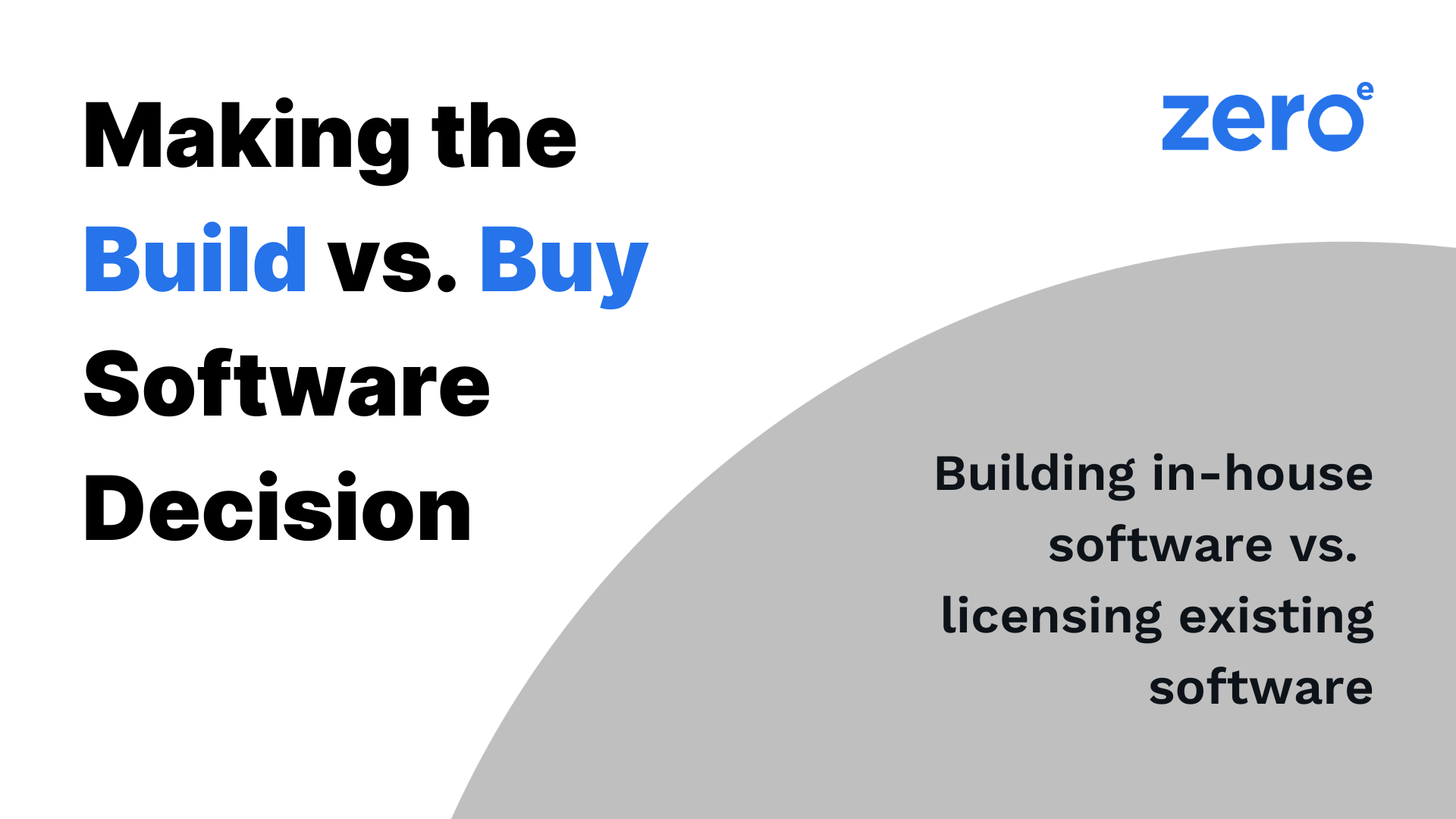Developing a B2B SaaS platform in-house is a significant undertaking, often leading to substantial costs and extended timelines. In contrast, licensing existing SaaS solutions offers a more efficient and cost-effective approach. While specific case studies detailing the exact cost comparisons between building and licensing are scarce, industry analyses provide valuable insights into this decision-making process.
Cost and Time Considerations
Building a SaaS platform from scratch involves considerable expenses, including hiring specialized developers, investing in infrastructure, and ongoing maintenance. According to a report by McKinsey, a staggering 70% of in-house software projects fail to meet their goals or stay on budget.
This high failure rate underscores the financial risks associated with internal development. In contrast, licensing an existing SaaS solution allows businesses to access a fully developed platform immediately, often at a fraction of the cost. For example, platforms like Salesforce or HubSpot have invested millions in development but offer subscription models that are accessible to businesses of various sizes.
Scalability and Maintenance
Licensed SaaS platforms are designed to scale seamlessly and are maintained by dedicated teams, ensuring regular updates and security compliance. Developing an in-house solution requires ongoing resources to manage scalability and maintenance, diverting focus from core business activities.
Innovation and Competitive Edge
SaaS providers continuously innovate, integrating new features and technologies to stay competitive. By licensing these platforms, businesses benefit from the latest advancements without additional investment. Building a platform internally may result in slower innovation cycles and potential obsolescence.
While building a B2B SaaS platform offers customization, the associated costs, time, and risks often outweigh the benefits. Licensing existing SaaS solutions provides a cost-effective, scalable, and innovative alternative, allowing businesses to focus on their core competencies.
Build vs Buy Considerations
Rapid Deployment vs. Years of Development: A platform like Zeroe can be deployed almost immediately (relative to building one), giving access to a feature-rich environment right from the get-go. In contrast, developing a new system from scratch could take years to reach even the most basic functional level, costing time, money, and lost market opportunities.
Significant Cost Savings: Building a comparable solution in-house would require a massive initial investment in infrastructure, tech stack, and expertise. Platforms like Zeroe have already absorbed these sunk costs by spreading them across multiple clients, providing the economy of scale at a fraction of the expense.
Access to Expertly Designed Features: Zeroe brings together features designed by experts with years of experience in the field, backed by continuous R&D and client feedback. Attempting to recreate even part of this would require substantial hiring of specialized talent, which is both difficult to attract and expensive to retain.
Avoid the High Failure Rate of Custom-Built Solutions: According to McKinsey, a startling 70% of in-house software projects fail to meet their goals or stay on budget. Many organizations that choose to build internally end up with overcomplicated, underperforming systems that quickly become obsolete or too expensive to maintain.
Continuous Innovation Without Additional Cost: With Zeroe’s model, clients benefit from regular updates, new features, and security patches included in the license. In-house builds tend to stagnate over time as budgets shift, making it impossible to keep pace with competitors using a solution that evolves over time.
Proven Track Record and Security Compliance: Platforms like Zeroe undergo rigorous testing, including security audits and compliance certifications that are costly and time-intensive. When developing in-house, achieving the same level of security assurance would require additional resources and potentially slow down time-to-market significantly.
Scalability Built-In: Zeroe is built for flexibility and scale, handling thousands of users with ease. In contrast, in-house systems often face scaling bottlenecks, which require reengineering as the company grows—another unforeseen cost and delay for in-house development teams.
Immediate Access to Industry Best Practices: Zeroe is built on industry best practices and standards, offering a pre-configured, optimized setup based on collective learning from across industries. An in-house project risks becoming a patchwork solution that lacks these refined best practices.
Third-Party Integrations Already Supported: Zeroe comes with pre-existing integrations for a variety of third-party systems, saving time and ensuring compatibility across other platforms. Rebuilding each integration individually in-house not only requires time but also expertise in each system being integrated.
Ongoing Support and Reduced Risk of Technical Debt: Platforms like Zeroe come with dedicated support and maintenance, which are essential for smooth operations. In-house builds often accumulate technical debt, as shortcuts are taken to meet deadlines. This can slow down future development and ultimately lead to costly overhauls or system failures.
If you would like to explore what Zeroe’s carbon management platform can do for you, lets schedule a discovery call
